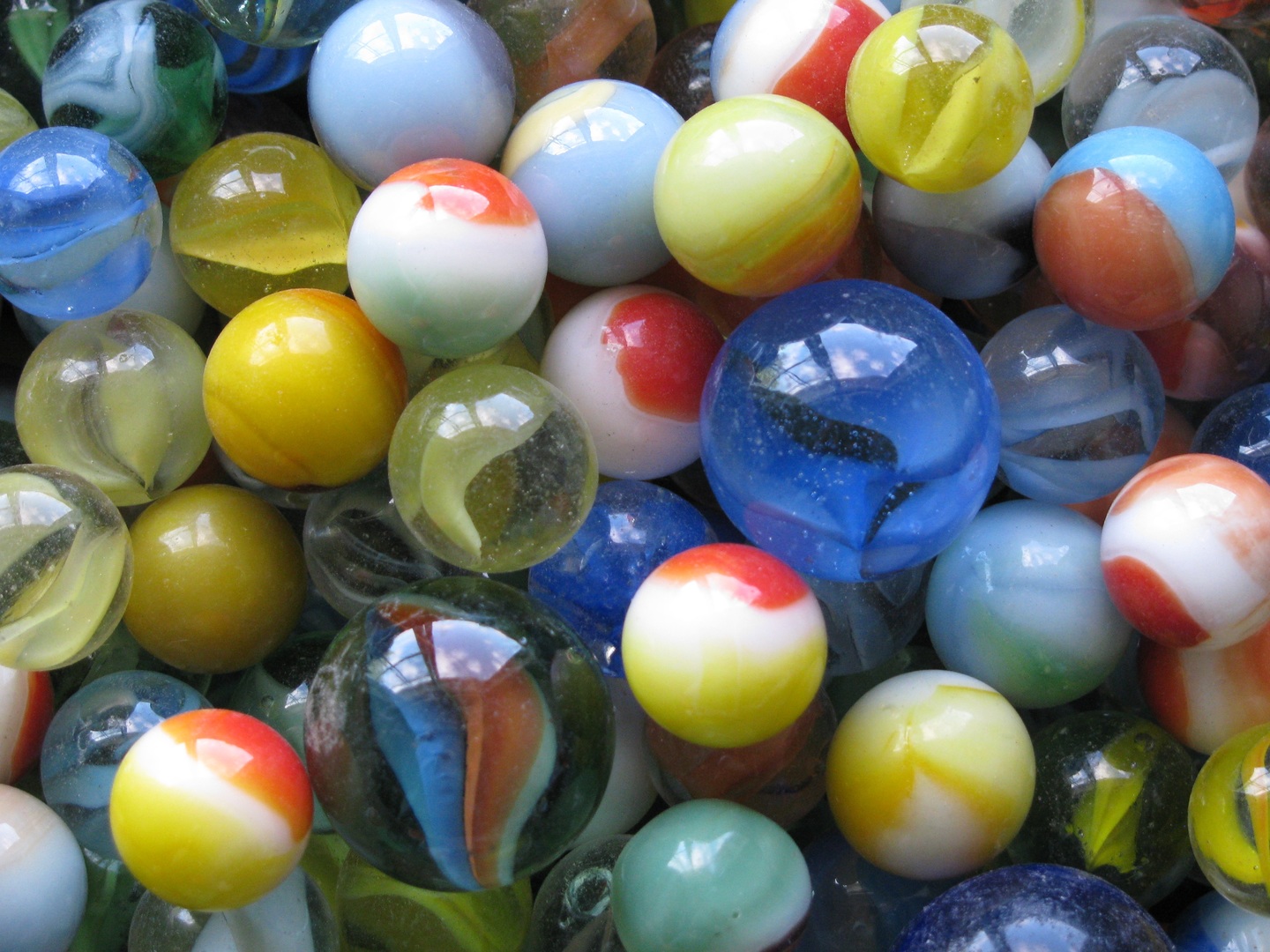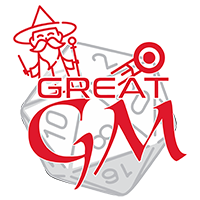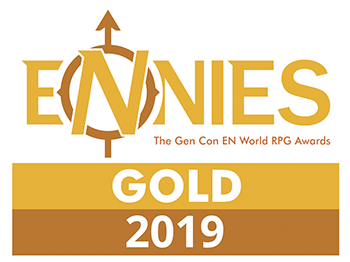Spellshark
History
In the Second Age, a teenager who worked at a schoolyard in Keiman City came up with the basic premise of the game after reading about more mundane marble-based games in a Pre-Age book. He didn't have any thaumite orbs, but he was able to get some paint and some clay balls.
He made the first set of orbs for the game, coloured and ranked from least valuable to most: White, Red, Orange, Yellow, Green, Indigo, and Black. He introduced the game to the students and held weekly matches. The game got so popular, the teen would often find the clay orbs stolen, so he started making more and selling them and the instruction book to those who wanted to play.
He became quite wealthy, though his name was never remembered by the masses, unfortunately. However, his legacy lives on to this day with the game becoming popular across the globe.
How It's Played
Spellshark is a game for two to as many participants can be feasibly fit into a circle and see what's going on!
What you need to play:Players begin by shuffling their orbs in a closed container (usually a bag, but can be a box, canister, anything). The play area is defined by drawing a large circle around a middle point. The youngest player goes first. Turns continue clockwise.
Turns start by flicking a randomly-chosen orb into the circle, hoping to line three up to make a 'spell'. If an orb is knocked out of the play area, it is returned to the owner's container. Once a spell is made, the player who lined them up takes them into their 'rune storage', which is in front of them outside of the play area. Players need to be careful what they choose, because each player can only take up to six spells before the round ends.
Once a player has six runes in their round storage, the round is over, and no more turns occur. Players add up their points and whoever has the most points that round becomes the winner. Games are usually either one-round games or three-point games (where the game is played as many rounds as it takes until a player earns three points).
Scoring
| Colour | Score |
|---|---|
| White | 1 |
| Red | 1 |
| Yellow | 2 |
| Orange | 2 |
| Green | 2 |
| Indigo | 3 |
| Black | 3 |
| Colour | Score |
|---|---|
| White | 2 |
| Red | 3 |
| Yellow | 4 |
| Orange | 5 |
| Green | 6 |
| Indigo | 8 |
| Black | 10 |
| Colour | Score |
|---|---|
| White | 4 |
| Red | 6 |
| Yellow | 8 |
| Orange | 10 |
| Green | 12 |
| Indigo | 20 |
| Black | 25 |
| Objective | Score |
|---|---|
| Double-Double (two of the same two-of-a-kind) | 10 |
| Double-Triple (two of the same three-of-a-kind) | 15 |
| Triple-Double (three of the same two-of-a-kind) | 20 |
| Triple-Triple (three of the same three-of-a-kind) | 25 |
| "Shark" (two or three-of-a-kind of six different colours) | 50 |
| "Mogul" (six indigo or black two or three-of-a-kinds) | 75 |
| "Emperor/Empress" (six black three-of-a-kinds) | 100 |
Variations and Additional Rules
Remove these ads. Join the Worldbuilders Guild









Comments